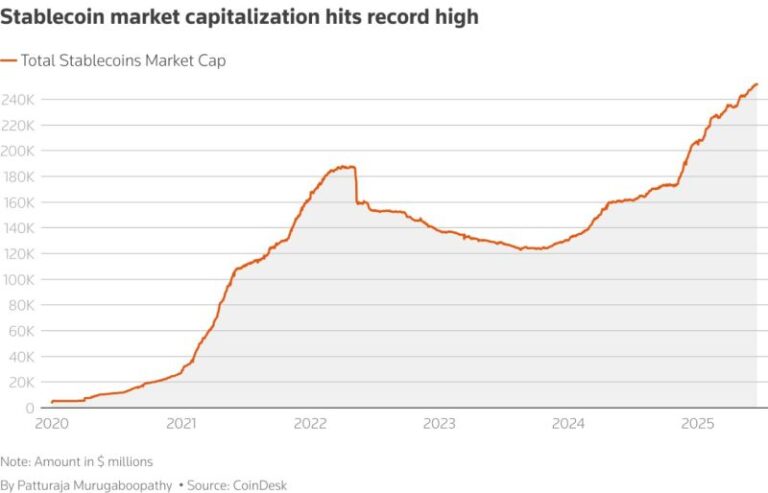In recent months, the global debate on natural gas as a transition fuel has taken centre stage. In Argentina, this discussion speaks to us directly—not only because of the scale of our resources, but also because of the strategic role gas could play in the kind of country we aspire to build: one capable of breaking historical cycles of fiscal and trade imbalance.
The environmental role of gas in the energy transition
Wood Mackenzie’s report, “The bridge: natural gas’s crucial role as a transitional energy source,” highlights several points worth close attention. Natural gas emits roughly half the CO₂ of coal when burned, and about 70% of the CO₂ of oil, with markedly lower local pollutants. This differential has already enabled substantial emissions reductions in parts of Asia simply by replacing coal with gas.
Equally important, gas-fired plants remain essential for ensuring reliable and flexible power supply—critical when integrating weather- and season-dependent renewables. Moreover, gas can underpin technologies gaining ground, such as carbon capture and storage (CCS), and even low-carbon hydrogen.
The regulatory challenge: reducing the environmental footprint
Recognising potential is not enough. The real challenge is delivering much deeper reductions in the environmental footprint. In this respect, work by the Oxford Institute for Energy Studies on gas-to-power is revealing. Experience in British Columbia shows it is possible to achieve emissions indices comparable to those of renewables through active regulation and technology to cut methane leaks.
An agenda for Argentina
The debate makes one thing clear: we can—and should—view gas as a strategic input. But the key lies in advancing regulatory policies that support this transition, enabling us to capture both economic and environmental benefits.
That is the agenda we must pursue if Argentine gas is to form part of a cleaner, more robust and long-term-oriented energy mix.




